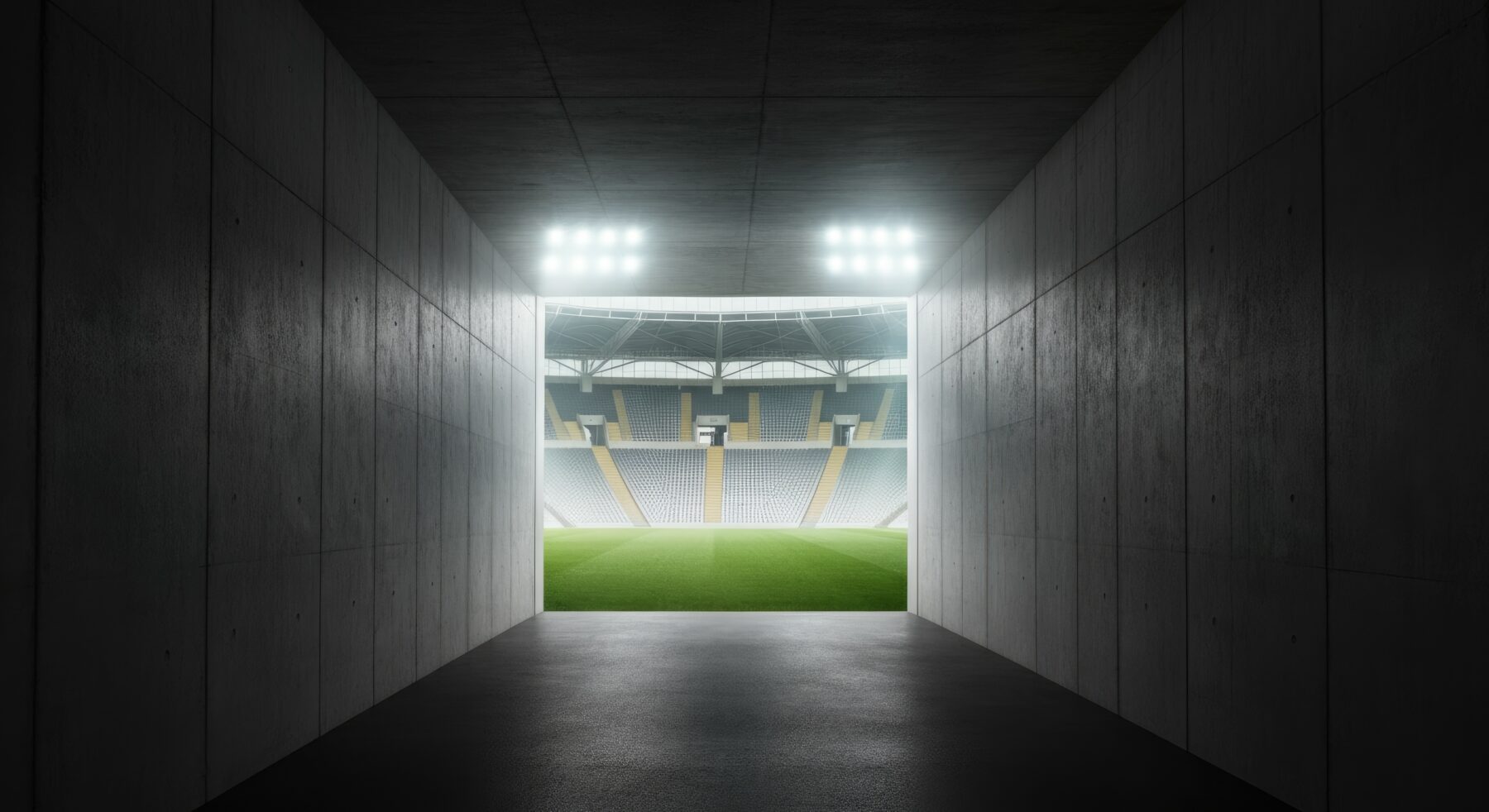The Role of Ready-Mix Concrete in Building Sustainable Sports Arenas
September 30, 2025

Sports arenas have taken on a new role in modern cities. They are no longer just places to host games but are designed as community landmarks that stand for decades. Building them to last while keeping sustainability in mind necessitates the use of materials that can support weight, withstand wear, and adapt to future needs. Ready-mix concrete sits at the heart of that effort.
Meeting the Demands of Scale and Strength
An arena tests the limits of construction. Tens of thousands of seats, expansive concourses, and towering frames demand a material that can handle constant pressure without losing integrity. Ready-mix concrete provides that consistency. Each batch is produced under controlled conditions, ensuring strength and uniformity on projects where even minor variation is unacceptable. Its versatility in form also allows architects to create sweeping spans and bold designs without sacrificing performance.
Energy Efficiency and Thermal Performance
Concrete shapes how a structure performs over time. Its thermal mass regulates interior temperatures by absorbing and releasing heat slowly, easing the load on mechanical systems. This translates to energy consumption year after year, lowering operational costs while supporting sustainability goals. For an arena expected to operate continuously across seasons, this built-in efficiency becomes one of its quiet but lasting advantages.
Durability that Extends Lifecycles
Longevity is one of the clearest measures of sustainability. A material that lasts longer requires fewer resources to maintain, repair, or replace. Ready-mix concrete delivers durability that withstands moisture, heavy foot traffic, and freeze-thaw cycles in changing climates. With the use of supplementary materials, like slag or fly ash, mixes can be engineered for even greater resistance. This level of resilience allows arenas to remain structurally sound for generations with minimal intervention.
Innovations in Sustainable Mix Designs
Advances in mix design have pushed ready-mix concrete beyond its traditional role. High-performance concretes reduce the amount of material required by allowing thinner sections that still carry heavy loads. Recycled aggregates ease demand on natural resources, while low-carbon cements cut emissions during production. Modern admixtures refine curing times and improve workability, helping construction teams minimize waste and complete projects more efficiently.
Supporting Green Certifications and Standards
For developers targeting certifications like LEED, every material choice counts. Ready-mix concrete supports these efforts with recycled content, efficient thermal properties, and the ability to source raw materials locally. Even exterior surfaces can play a role, with lighter-colored concrete reducing heat island effects in surrounding areas. These contributions help arenas reach measurable benchmarks, showing that sustainability has been built into the project from the ground up.
Enhancing Community Impact
Arenas provide a connection to a larger urban environment. Ready-mix concrete helps create that connection through infrastructure such as plazas, parking structures, and transit access points. These additions make venues easier to reach, safer to navigate, and more integrated with surrounding neighborhoods. The result is a facility that benefits the community long after the final whistle, not only as a gathering place but as a driver of urban improvement.
Sustainability expectations will continue to rise, and ready-mix concrete is evolving to meet them. Emerging technologies like carbon capture in cement production, sensor-embedded smart concrete, and self-healing formulations are already shifting the conversation about what is possible. These advances promise arenas that are built stronger, last longer, and carry a smaller environmental footprint. Ready-mix concrete remains central to this future, combining proven strength with the adaptability to meet new challenges.

